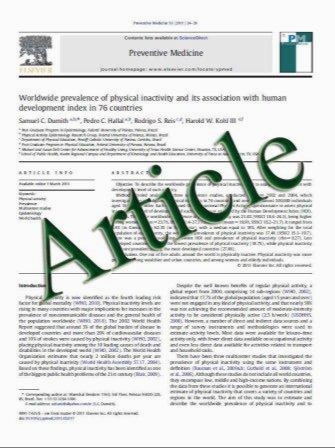Ileoscopy via Stoma After Diverting Ileostomy: A Safe and Effective Tool to Evaluate for Crohn’s Recurrence of Neoterminal Ileum
- نوع فایل : کتاب
- زبان : انگلیسی
- مؤلف : Narendra Vadlamudi Naim Alkhouri Lori Mahajan Rocio Lopez Bo Shen
- چاپ و سال / کشور: 2010
Description
Background Recurrence of Crohn’s disease (CD) most commonly occurs in the neoterminal ileum near the stoma after fecal diverting ileostomy. Methods used to assess CD recurrence include small bowel series, ileostomy injection, computed tomography (CT) enterography, and capsule endoscopy. Retrograde ileoscopy via stoma is also a valuable tool for recognition of CD recurrence; however, this technique has not been formally studied. Objective To evaluate the safety and utility of retrograde ileoscopy via stoma in patients with CD. Methods Patients with CD who underwent ileoscopy via stoma between January 1, 2001, through December 31, 2008 were included. This was a retrospective study in a tertiary referral center. The main outcome measures were procedural complications and findings. Results A total of 243 ileoscopies were performed on 99 patients. The most common indications for ileoscopy were CD activity assessment in 34.5% and abdominal pain in 33.3%. The procedure was outpatient in 75.8%. Meperidine and midazolam were most commonly used. Average depth of intubation was 28.4 cm. CD recurrence was detected in 70% of patients. Biopsies were obtained during ileoscopy in 117 studies, and biopsy and ileoscopy findings correlated in 111 studies (94.8%). One polypectomy, 24 balloon stricture dilations, and 8 intralesional steroid injections were performed. All patients tolerated the procedure well without procedure- or anesthesia-related complications. No hospital admissions or procedure-related deaths occurred. Conclusions Retrograde ileoscopy via stoma is a safe and effective procedure for evaluating recurrence of CD of the neoterminal ileum. It also allows for therapeutic interventions such as balloon dilatation of ileal strictures and steroid injections
Dig Dis Sci (2011) 56:866–870 DOI 10.1007/s10620-010-1332-0 Received: 25 February 2010 / Accepted: 18 June 2010 / Published online: 16 July 2010


